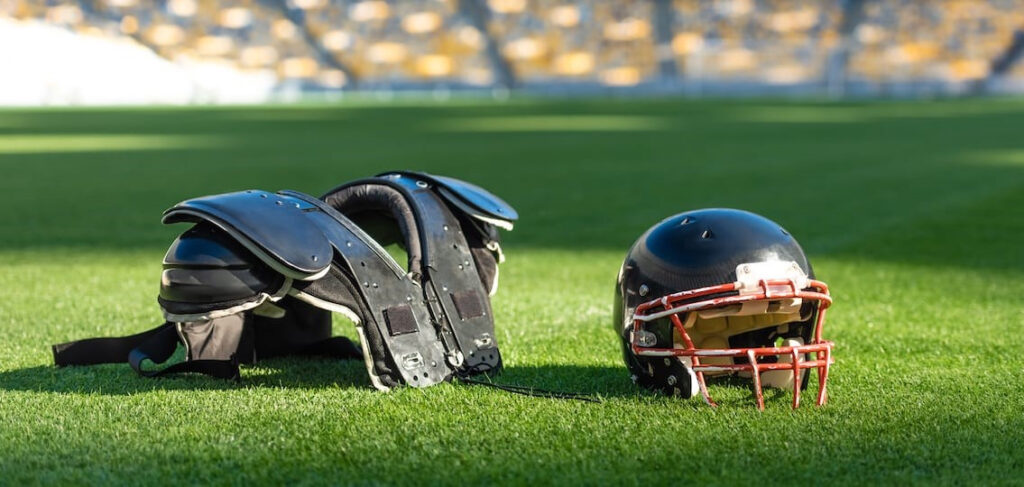
Concussion in sports and how performance training can help
Just saying the word concussion at a sporting event or during a preseason practice can be intimidating and can even scare off potential athletes or parents who are looking to get their athlete more involved. A concussion, even though it needs to be taken seriously, is common in sports and the more that we research what a concussion is, how long it takes to heal and what treatments are, the less scary it becomes. Before we get into the nitty gritty of a concussion let’s first go over the basics. A concussion, also known as a traumatic brain injury, is caused by a coup counter coup movement of the brain inside the skull. This movement back and forth causes a bruise to form on the outer layer of the brain. Due to this bruise, abnormal nutrient and neurotransmission within the brain occurs.
Now that we are up to date on what a concussion is, let’s look at some of the common symptoms of a concussion. In a study looking at 1,438 high school and college athletes, 75% reported a headache, 57% reported difficulty concentrating, and 52% reported fatigue. These symptoms were all reported within the first seven days after the diagnosed concussion. Ok, so our athlete has a concussion, what do we do now?
The research has changed on what to do post-concussion. The theory used to be that the brain needs rest and an athlete was placed in a dark quiet room for a few days, up to a week. New research has shown that being active shows better results and decreases the time out from a sport, activity, or work. There is still much research to be done on how children respond to concussions, however, early research shows that because of the plasticity of a child’s brain they are more likely to respond quicker to treatment and return faster.
You might be asking yourself at this point what does a concussion have to do with sports performance training? Well, the answer to this correlates with how a concussion occurs. To review, a concussion occurs with a forward and backward motion of the brain inside the skill causing a bruise to form with the impact. To decrease the likelihood of a concussion, cervical (upper portion of the spine) and trunk stability is crucial for our athletes and adults. At Kinetic Sports Performance we understand the importance of not only being bigger, faster, and stronger but also being under control of our bodies and having the stability work from the inside out. Creating a strong stable foundation from our trunk and neck will allow us to generate more force when using our arms or legs. Whether you are coming to get faster or looking to improve your strength motor control and trunk stability will always be part of the program.
To say that any lifting program can prevent an injury like a concussion from occurring is unrealistic. There are things, however, we can do to keep our athletes safe and to decrease the likelihood of these injuries occurring.
Schedule a session here: https://kineticsportsperformance.com/schedule/
Reference:
Concussion Assessment: An Overview, Anne Mucha: Medbridge
